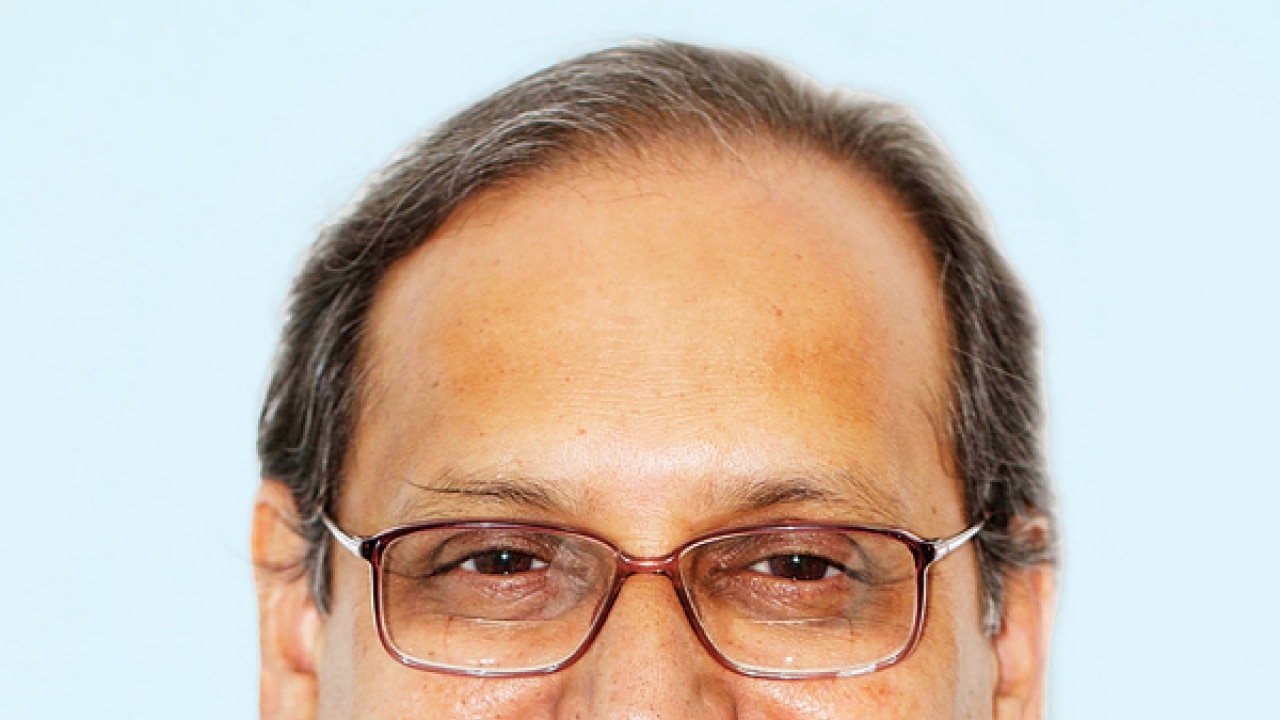
In our fast, e-enabled life, we want everything instantly. We are not at all bothered about what we are eating, whether it is safe, unsafe, organic, inorganic, and whether it was well-preserved.
Unsafe and unhealthy food can cause multiple diseases, and can not only lead to deaths but also impact the well-being of individuals and nations. The World Health Organisation, this year, is celebrating World Health Day with the theme of food safety, that is, making food safe from farm to your table. WHO will also publish a study about the global burden of food-borne diseases.
WHO states that unsafe and unhealthy food is linked to an estimated 2 million deaths worldwide each year.
Do you know why all your favorite food items including pizzas, chaat, vada pav, bhujias, samosas, burgers, frankies, french fries, rolls and wraps are called 'junk food'? The word 'junk' suggests useless, extra; something that is not needed. And all these fast food items that have invaded every nook and corner of our country are called junk because they completely justify this meaning. Regularly eating fast food isn't just bad for your waistline, but can also damage your liver in ways that are surprisingly similar to hepatitis.
The liver is the engine room of our body, helping us, among many other duties, to digest food and get rid of useless toxins. Non-alcoholic fatty liver disease (NAFLD) may occur in people who have never touched alcohol. Here the same damage which alcohol does to liver is done by factors like diabetes, obesity and elevated triglycerides. Overweight and obese people are likely candidates of NAFLD.
In NAFLD excess fat accumulates in the form of excessive triglycerides in the liver, which occupy more than 5% of liver cells called hepatocytes. This means that the fat forms 5% of the weight of the liver as compared to normal condition (in which there is hardly any fat present in the liver). In NAFLD there is injury to liver cells due to the fat and this causes inflammation and fibrosis. Apart from the risk of liver failure, there is also an increased risk of developing liver cancer or complete dysfunction of liver.
It is estimated that around 32% of the Indian populace is affected by fatty liver ailment. Urbanisation changes linked with sedentary lifestyle, fatty food, uncontrolled blood sugar, obesity, smoking and high alcohol intake is leading Indians towards higher incidence of fatty liver disease. Maintaining a healthy weight through eating a well-balanced diet and being active is the best way to prevent NAFLD. The health risks from being overweight or obese can impact on your physical, social and emotional well-being. People with NAFLD who go on to develop cirrhosis are at higher risk of liver failure.
Early detection could catch NAFLD at a stage where the disease is reversible and further complications may be prevented before cirrhosis sets in. Better control of existing medical conditions, such as glucose levels in diabetes, can also help prevent the development and progression of NAFLD.
The best way to avoid NAFLD is to live a regimented life with regular exercise, watching eating habits and keeping a tab on your health, keeping in mind the adage, 'health is wealth.'
(Dr Shah is head of department, hepatology, Liver Instance Care and Transplant Hepatology Global Hospitals, Mumbai)